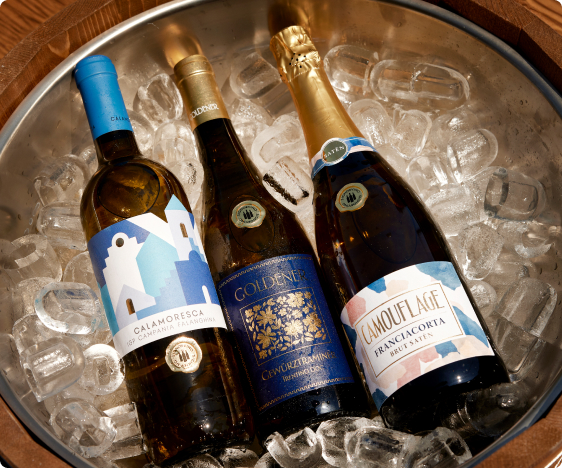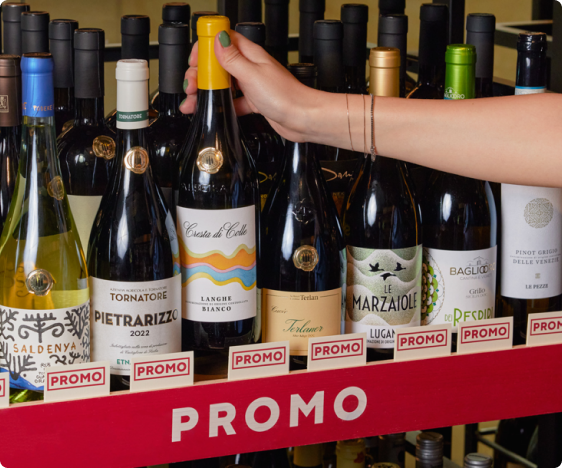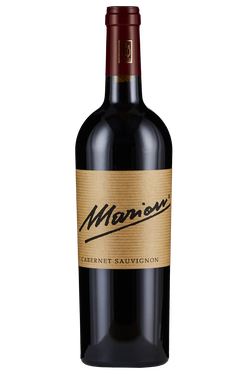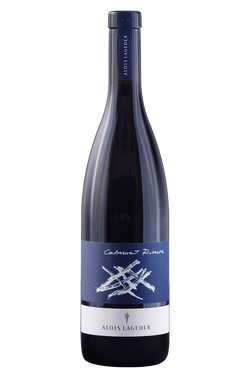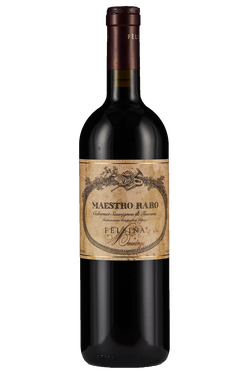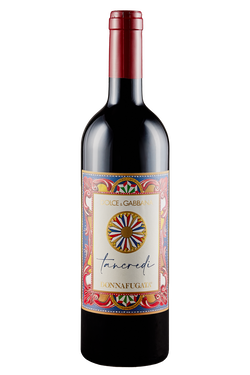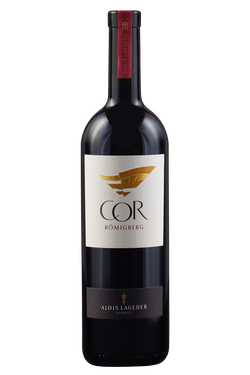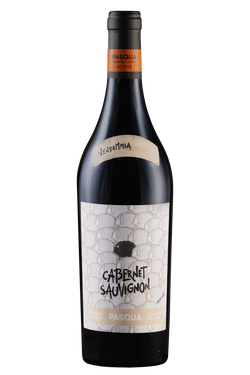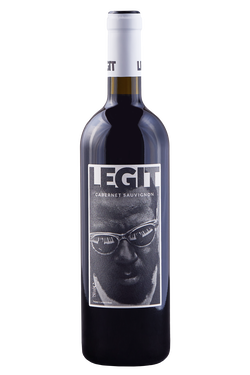Cabernet-Sauvignon: origins
As the name suggests, this black grape variety came from combining the red grape Cabernet Franc with the white grape Sauvignon Blanc, which happened around the 17th century. It is also known as a Bordeaux blend, when mixed with Cabernet Franc or Merlot to make them more full-bodied. In the 1970s, Cabernet Sauvignon was the jewel in the crown of that period, during which time the so-called “Super Tuscans” were in particular demand, even on a national level throughout Italy. These were wines which did not adhere to the traditional rules of regional cultivation, because they used grapes from other countries, such as Cabernet Sauvignon, which originated from France. At first, Cabernet Sauvignon was in high demand in Italy, like Pinot Grigio, but this trend has seen a large decline in recent decades. It is still popular abroad, and it is still produced and aimed at this market. The Cabernet variety has also been exported to the United States, and more specifically to the famous Napa Valley, as well as Washington State, and also to Argentina, Chile, and even Australia. Cabernet Sauvignon is a variety that is very well-suited to different climatic conditions and different methods of vinification. That is why it is widely found today and also in other regions of Italy such as Trentino-Alto Adige, Friuli-Venezia Giulia, Veneto, Abruzzo and Molise. Its vines in fact cover a total area of 13,724 hectares all over Italy. It requires a temperate climate and a lot of sun for the best ripening. It is also mentioned in the protocol for some Denominazioni di Origine Controllata designations such as Alto Adige DOC, Arcole DOC, Bolgheri DOC and Bolgheri Sassicaia DOC.
Characteristics of Cabernet-Sauvignon
This variety has a unique personality and specific characteristics, and this is the reason why it is still used in blends with other wines to give greater body and structure to more delicate wines such as Brunello wine. The grape cluster of Cabernet-Sauvignon is quite compact and cylindrical in shape. Its leaves are of medium size and pentagon-shaped. The grapes themselves are cylindrical in shape, of medium size and dark in colour, with blue-black reflections and a very thick skin. The wine which is produced has an intense ruby red colour and is very warm and enveloping, full-bodied and firmly structured. The colour changes however depending on the maturation, which it also tolerates well in wooden barrels: younger versions have an intense red colour, which turns to garnet with age. Cabernet Sauvignon is also the wine used to produce the renowned Brunello Rosso di Montalcino wine, produced in Tuscany, more specifically made up of at least 85% Sangiovese, Merlot and Cabernet Sauvignon.
Tasting Cabernet Sauvignon
In terms of Cabernet, there is Cabernet Sauvignon and Cabernet Franc. However, the abbreviation Cabernet is often used to mean Cabernet Sauvignon, a wine that is more often sought after that its cousin Cabernet Franc. The main characteristic of Cabernet Sauvignon is that it is a very firmly structured and full-bodied wine. There are fresher, less mature versions and also those with greater structure which have been aged in wooden barrels for several months. On the nose, it is without doubt a fruity, floral wine, but also spicy and herbaceous. In fact, it is reminiscent of hints of cherry, blackberry, plum, and also cloves and black pepper. On the palate, it is a full-bodied wine with a good alcohol content, but above all with a considerable presence of tannins. You can be sure that this wine is particularly tannic because of the feeling of setting your teeth on edge in the mouth. Its strong, dense structure is also found in Brunello, an unmistakeable wine. For the ideal tasting, we recommend opening the bottle one and a half hours before serving the wine in a medium-large sized glass, so as to aerate the wine and allow the floral and fruity aromas to permeate. To the eye, it is a ruby red wine, with garnet reflections if it is a more mature wine.
Pairings for Cabernet Sauvignon
Cabernet Sauvignon is a wine which goes well with various types of dishes. The main difference is between the younger or more mature wine. The former goes well with cured meats, as well as pasta dishes with meat-based sauce or game. While the more mature and therefore more full-bodied wines pair well with grilled meats, roasted meats, game and pork, rabbit, lamb and stews in general. Mature cheeses also make an ideal partner. In some regions, it is also paired with truffle-based dishes, such as tagliolini with black truffle or sliced pork with white truffle. The multitude of awards that it has received over the years includes that of “Wine Spectator” which has devoted well over 24,000 tasting notes to it during its publication. Whilst back in the United States, an area where this wine is still very popular, Cabernet Sauvignon is specifically celebrated on the Thursday before Labor Day.
